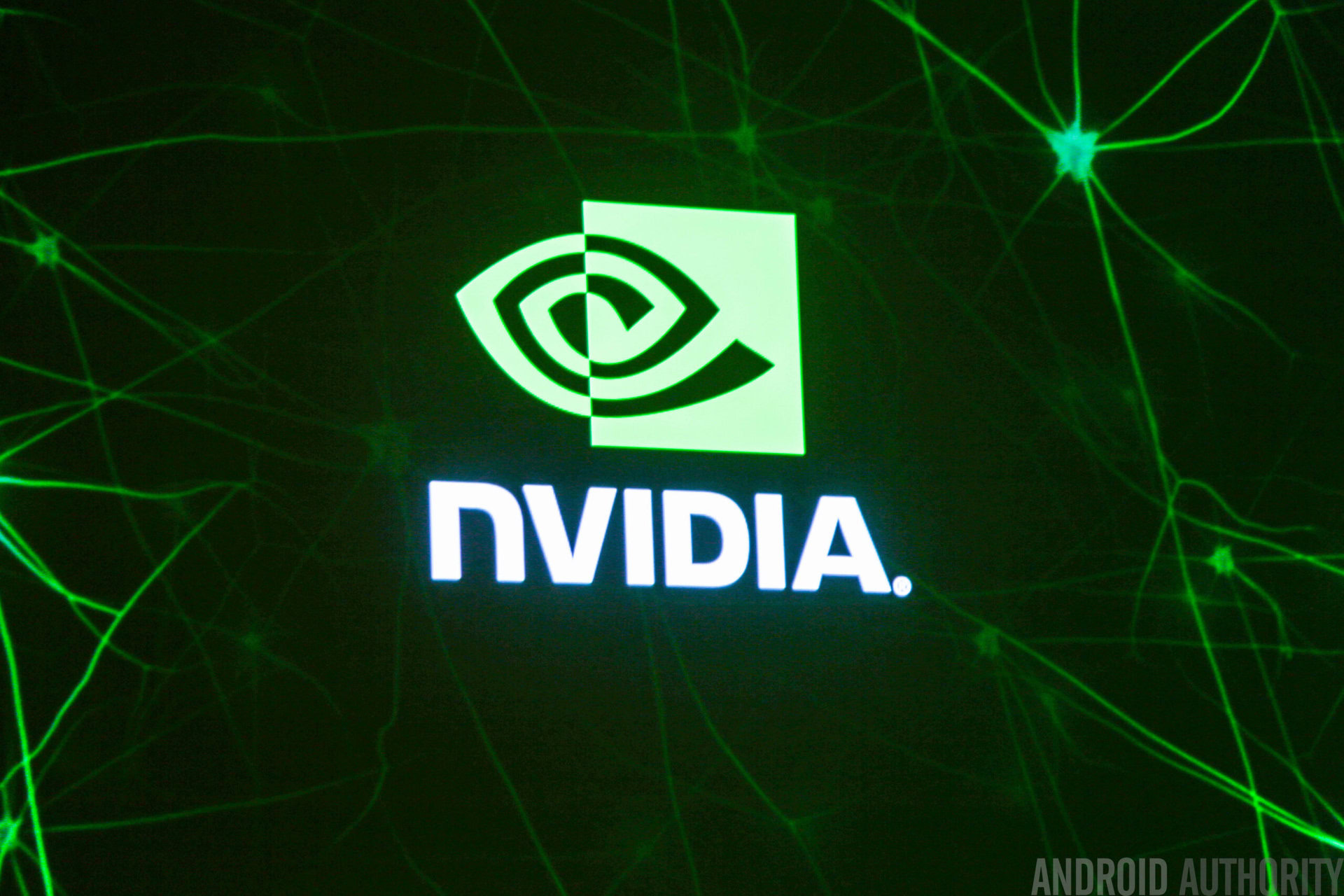Affiliate links on Android Authority may earn us a commission. Learn more.
NVIDIA is abandoning its Icera modem operations


NVIDIA bought UK-based Icera in 2011 for $367 million, at a time when the Santa Clara-based chipmaker was pushing hard to get into mobile. Icera developed baseband technology, with a strong focus on software modems that allowed one programmable chip to work with multiple wireless standards. At the time, NVIDIA was attempting to get its Tegra line of SoCs for smartphones and tablets off the ground, and the integration of Icera was believed to be an answer to Qualcomm’s highly successful mobile chips with integrated LTE.
Since 2011, Tegra mobile SoCs have scored precious few design wins, with the most notable recent one being the Tegra K1-powered Nexus 9. Icera modems have found their way into even fewer devices. NVIDIA, as a whole, has changed, shifting focus towards automotive, deep learning, and cloud computing applications, leaving mobile behind.
NVIDIA said it would end Icera operations by the second quarter of fiscal year 2016, and that it’s open to selling Icera technology or the entire company.
NVIDIA is not giving up on mobile just yet. The company said it will continue to use Icera technology over the next year, and after that, it will use baseband chips from partners (i.e. Qualcomm) for its wireless connectivity necessities. However, this is another sign that the days when NVIDIA was betting the house on mobile chips are over.